Turning Customers into Clients

For most tax preparation firms, success means attracting more business from taxpayers, expanding the number of services offered, and converting customers into clients. Though we tend to use the terms interchangeably, customers and clients are not the same thing. The difference between the two terms are subtle, but can change the relationship from one-time, strictly seasonal sales of tax prep services and a longer-term, significantly more profitable relationship.
Customers are what sales professionals call the people who buy products in retail settings. While these customers may return repeatedly to make purchases, each of these is a one-off transaction. The customer is not bound to the retailer for future business, and may go elsewhere if they perceive they will get a better product or a lower price.
Clients are different. Clients are people who purchase a relationship as much as they do a product. That relationship is built on their confidence that the tax professional is working with the client’s best interests at heart over the long haul.
Tax preparers generally meet even the strictest definitions of professionalism. Every year they attend specialized training courses to learn the latest updates to tax law and their tax preparation tools, and they are members of professional organizations that focus on developing best practices for helping clients and improving their industry. The most successful preparers develop long-term professional relationships with clients.
Firms that do work toward a client base do this in their own way, according to their own needs, skills, and resources. But here are five steps to begin the process:
- Invest in upgraded software and hardware. In particular, acquire a stronger CRM (Client Relationship Manager) that will help to track clients and their families, and that include a tickler file, direct mailing capabilities, and full contact informs. Also acquire a tax workflow manager such as GruntWorx to optimize the workflow process. Finally, consider hardware upgrades – digital signature pads and better monitors and scanners – that will make operations more efficient.
- Dress for Success. Not literally, of course; not all clients expect their tax preparer to wear a three-piece suit (or even a tie). Rather, the office space itself may need an annual overhaul. This can include deep cleaning, applying a new coat of paint as needed, and changing posters and wall fixtures. When it’s time to find a new office space, there are a whole host of available options. With the advent of document management and electronic filing, many financial and law firms find themselves with a long-term lease or space that is more than they need. Subleasing that space can provide a solo practitioner or small firm an economical upgrade. Small houses and empty offices in non-retail environments are likewise inexpensive alternatives. Bear in mind, however, that any office move could be counter-productive if the location is difficult to access, not conveniently located for existing and potential clients, or expensive enough to impact the firm’s bottom line.
- Begin to change the culture. Changes in culture are never easy, and must be accompanied by significant communication with staff. Begin with slow, easy steps like beginning to refer to your customers as clients and promoting your credentials on posters, mailers, and advertisements. The IRS has done part of the work for you by listing the PTIN and EFIN as key credentials to help taxpayers avoid identity theft.
- Select the right service mix and implement slowly. Nearly all tax firms maintain both temporary and permanent staff. In addition to selecting the services to expand into, it is necessary to pay to educate or hire experienced staff members to expand into the new service. Likely candidates for services include tax planning for the following year, estate and retirement planning, succession management tax services, and business tax filings. As for staff responsibilities, if the permanent staff members handle the actual service, the temporary hires can make excellent marketers for those services, performing tasks like building a detailed report that outlines how additional services can better address client needs.
The distinction between customers and clients may seem subtle, but building a stronger client base ultimately improves the firm in a myriad of ways. It offers a better and more committed group of clients, reducing complications and disputes. It brings more sustainable income throughout the entire year by expanding the firm’s service mix, and it provides a kick start for the next tax season by addressing the appearance of the firm, the caliber and responsibilities of temporary staffers, and the business skills needed to meet client expectations.



